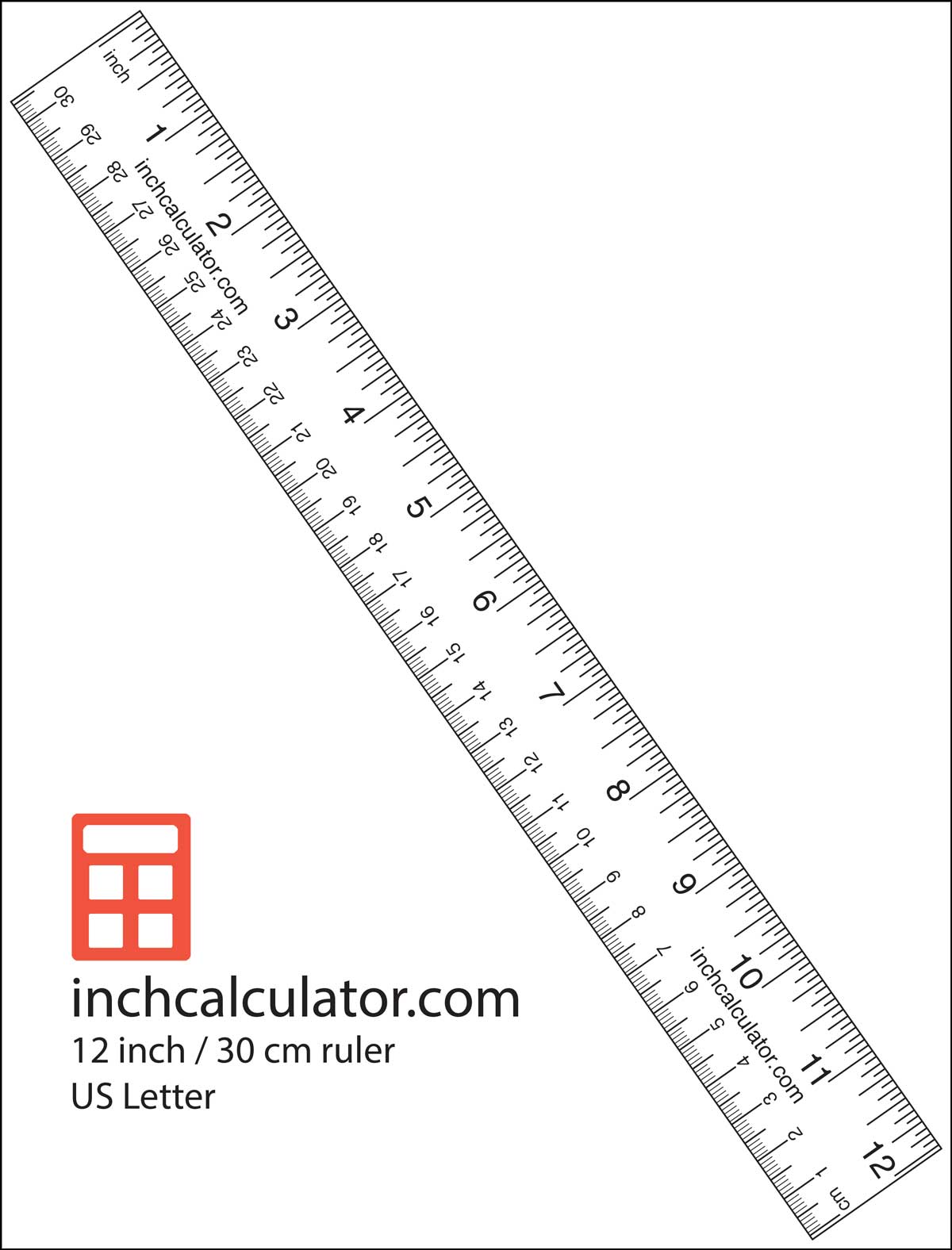

In order to do a 0.4mm line width on a 0.6mm nozzle, you still need to follow the layer height rules for a 0.4mm line width. It’s easy to test empirically right now and I can gladly say that the trick does indeed work – I think there’s something being overlooked too. “I have my doubts that slicer tricks can make a nozzle flow a bead narrower than it’s diameter reliably.” But again, I personally have never had good luck with line width at/lower than nozzle diameter. If the slicer can force line widths that seem to be acceptable…that is great.

Other than the issue of detail, big nozzles are great. Most of the main issues you see when printing with big nozzles is explained pretty well here. Circles are limited by the “coil” that you can make due to thickness of the extrude…at some point the extra material on the inside of the curve effects the hole size to a point where it is not acceptable. Things like circles are always going to be distorted by the larger nozzle (clearly visible on the benchy smokestack). Personally, I have never had good results setting the line width at/below nozzle diameter…but others may have. Most of the time when using larger nozzles I was setting line width manually (I used to do it with all nozzles…but I got lazy with the. Variable width slicing seems interesting but I would assume there are limits. Plus, I kinda like the mega-ribby look of tall layer heights. For many prints, the finest resolution you can achieve just isn’t relative, and the overall dimensional accuracy is just the same. The price of admission is cheap, and you might just like it. So trying that out is definitely on my list, because so far I’ll just use the printer with the 0.35 mm attached when I run into that problem.Įveryone should try out fat nozzles. It sucks, and it’s worse with 0.8 mm than with 0.6 mm, I’d bet. I haven’t tried it myself, but I know the problem described - that thin continuous parts become disconnected loops or single lines. The real story here is variable-width slicing, which looks to help the worst problems with using a bigger nozzle. I probably print 70/30 on the 0.8 vs the 0.35. And for what I do, mostly functional prints and many of the toys for my son, 0.8 mm is _much_ faster and seem physically stronger. Now I have two running printers, one with a 0.35 mm and the other with a 0.8 mm nozzle. I still have tons of items printed with older printers.

Posted in 3d Printer hacks Tagged 3d printing, Nozzle, PrusaSlicer, slicer Post navigation Both nozzles had problems but in different areas. This is something that probably shouldn’t print well with an FDM at all. The part where an SLA test part is printed with both nozzles is particularly telling. There are a few slicer settings to consider and you can see the whole setup in the video. But these days, if we really care about the detail we are probably going to print with resin, anyway. We’ve experimented with nozzles as small as 0.1 mm and, honestly, it still looks like an FDM 3D print and printing takes forever at that size.
Print to scale half mm lines generator#
The entire thing hinges on the Ultimaker-developed Arachne perimeter generator that’s currently available in the alpha version of PrusaSlicer. He backs it up with testing, and you can see his thoughts on the subject and the test results in the video below. If you know, you know he wouldn’t make a claim like that without doing his homework.

However, asserts that with modern slicers, the 0.4 mm nozzle isn’t the best choice and recommends you move up to 0.6 mm. While many people have tried smaller nozzles to get finer detail and much larger nozzles to get faster printing speed, most people stick with the stock value as a good trade-off between the two. Most desktop fused deposition modeling (FDM) 3D printers these days use a 0.4 mm nozzle.


 0 kommentar(er)
0 kommentar(er)
